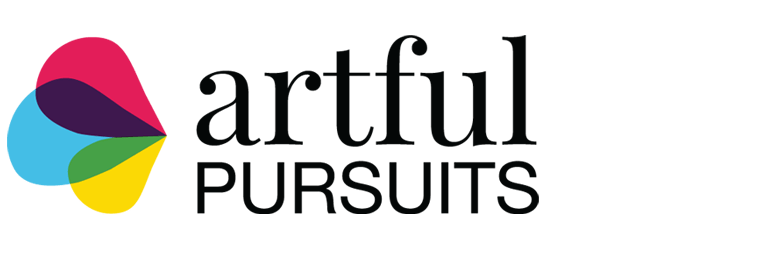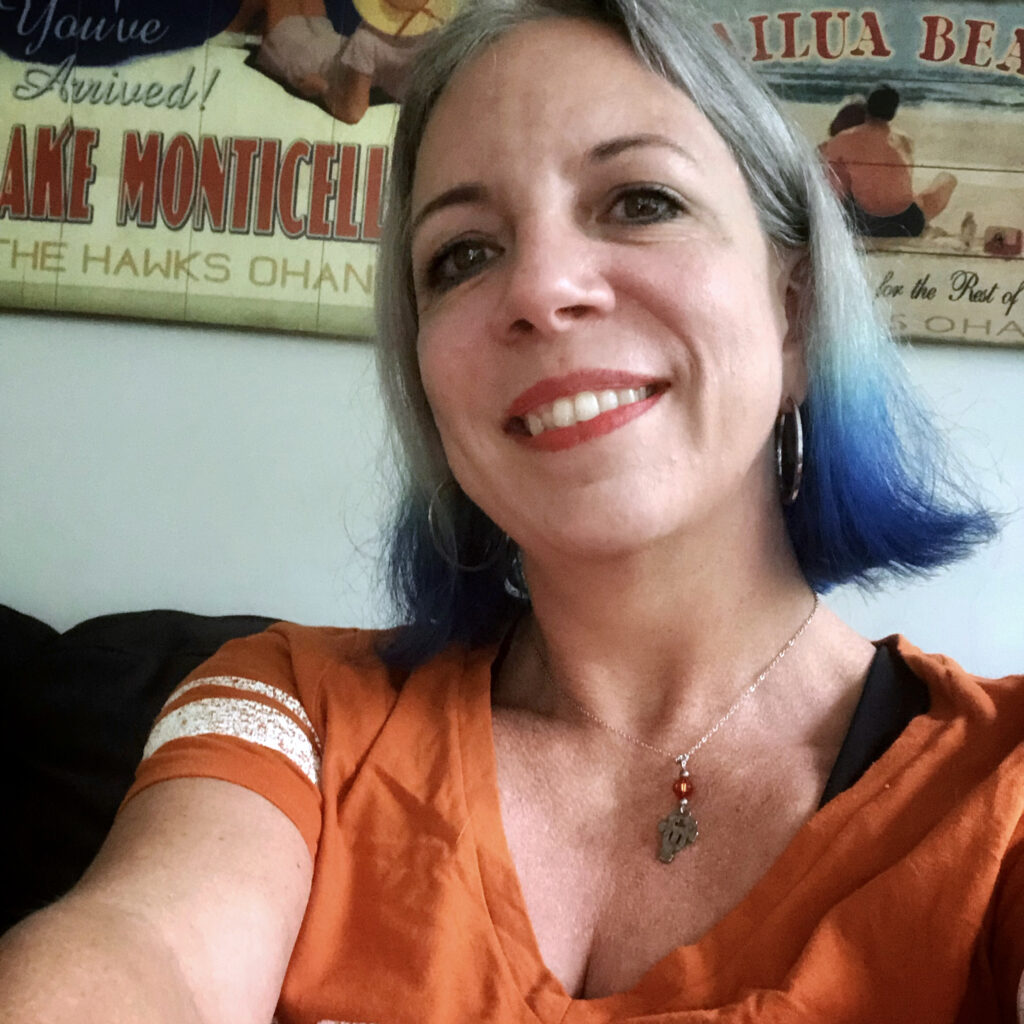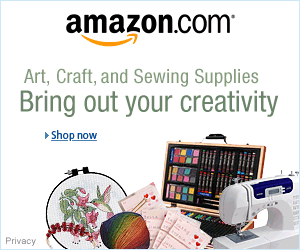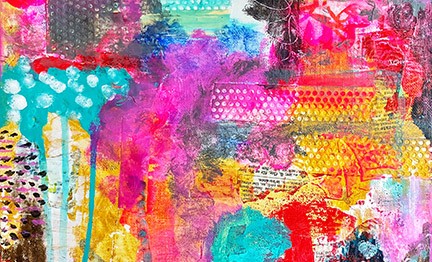Every October, artists all over the world take on the Inktober drawing challenge by doing one ink drawing a day the entire month. Many people do their own twist on the challenge. Enjoy this unofficial guide for alternative Inktober rules, tools, & prompts.
The O.G. Challenge
Inktober is a month long art challenge created by artist Jake Parker in 2009 that focuses on improving skills and developing positive drawing habits. Every day, for the month of October, anyone participating in the Inktober challenge creates an ink drawing and posts it online using the hashtags #inktober and #inktober2020.
Inktober rules:
1) Make a drawing in ink (you can do a pencil under-drawing if you want).
2) Post it*
3) Hashtag it with #inktober and #inktober2020
4) Repeat
* Traditionally, people post on Instagram, but an alternative Inktober idea is to post it on any social media account you want or just post it on your refrigerator. The point is to share your art with someone.
Challenge Not Contest
Inktober intends to improve your drawing skills, flex a little from your norm, and/or have some fun with your art. Inktober is a challenge NOT a contest to see who is the best artist. It’s a challenge to see how much you can improve your art in a month, and to be inspired or to help inspire other artists to do the same.
Check out all the artistic benefits of joining art challenges in a related post and plan to join some more upcoming art challenges.
Alternative Inktober Rules
The creators of Inktober suggest artists use real ink, keep things black and white, and follow the official prompt list.
Feel free to get creative in the tools you use, how you use them, and what you create. Whatever your creative process is, use it. If you want to sketch in a pencil and then ink on top, that’s fine. Alternatively, if you want to draw in crayon or illustrate digitally, go for it. Watercolor? Markers? Paint? It’s your prerogative. Feel free, not stifled.
Prompts
The prompts are there to help spark your creativity. If you have another idea, roll with it. There aren’t any Inktober sketchers with pitchforks that will come for you. The cool thing about following a prompt, though, is seeing what everybody creates on the same day using the same prompt and how much variety and creativity there is inside of a single prompt. Another alternative Inktober idea is to combine multiple prompts into one drawing. This will help you stay on track without the pressure of “catching up.”
Additionally, many people create spin-off prompt lists you can work with. Check out the official prompts of 2020 and these alternative inktober lists. I love illustrating birds, so I’m using the #birdtober list. Do you prefer to draw cats? dogs? faces? Trust me, whatever you enjoy illustrating, someone has created an alternative prompt list to suit your preferences.






Tools, Tips, and Mindset
Alternative Inktober Tools
As a mixed media, color-loving artist, I use a lot more tools than black and white ink including: pens, pencils, paints, inks, crayons, collage, thread, markers, and pastels. Check out this list of my travel art supplies for a nice overview of my artsy toolbox.
For more traditional inking, though, I lean on these supplies:
- My favorite pen, Uni-ball .5mm black. It’s a simple, waterproof black pen.
- Daler Rowney acrylic ink in Flame Orange (or any color, but Flame Orange is amazing)
- Marine Blue and Process Cyan. Daler Rowney acrylic inks for skies and water
- a Uni-ball Signo white pen for thin white lines and a Molotow white paint marker for the thicker white lines
- Black India Ink for shading
- Duke 551 Confucius Fude Nib Fountain Pen when I’m trying to be legit
- Platinum carbon black fountain pen (waterproof) with my Daniel Smith watercolors
- white gouache when I need to paint opaque white (but know that it will reactivate with water)
Paper
 Fabriano paper tops the list. I buy the large 22×30 sheets in bulk and create my own journals. View the Inktober 2019 recap for a look at my finished handmade 2019 Inktober accordion journal. Another great paper for mixed media work can be found in the Dylusions art journals. It stands up to all kinds of media.
Fabriano paper tops the list. I buy the large 22×30 sheets in bulk and create my own journals. View the Inktober 2019 recap for a look at my finished handmade 2019 Inktober accordion journal. Another great paper for mixed media work can be found in the Dylusions art journals. It stands up to all kinds of media.
Tips & Mindset Notes
 Try to think of an alternate meaning for the prompt to illustrate. For example the prompt for day 23 is ‘rip.’ That could mean a tear, rest in peace, an insult, to cheat someone, to copy, or to remove something.
Try to think of an alternate meaning for the prompt to illustrate. For example the prompt for day 23 is ‘rip.’ That could mean a tear, rest in peace, an insult, to cheat someone, to copy, or to remove something.
 Don’t think of an errant mark as a mistake—it’s an artistic challenge and an opportunity. Embrace imperfection. Trust the process. Proceed and see what you learn. You’ll probably love it even more in the end.
Don’t think of an errant mark as a mistake—it’s an artistic challenge and an opportunity. Embrace imperfection. Trust the process. Proceed and see what you learn. You’ll probably love it even more in the end.
 Use varied line weights in your drawings for added interest. Lines that are all the same weight will bore the viewer. Varying your line widths in art is like adding adjectives to your writing.
Use varied line weights in your drawings for added interest. Lines that are all the same weight will bore the viewer. Varying your line widths in art is like adding adjectives to your writing.
 Try to use colors in 3 places in your composition in a triangular shape. It adds a sense of cohesiveness to the finished piece and makes for a stronger composition.
Try to use colors in 3 places in your composition in a triangular shape. It adds a sense of cohesiveness to the finished piece and makes for a stronger composition.
 Draw in white ink. It can be more impactful as most people are used to viewing black ink drawings, but make sure you have enough contrast between your background and foreground if you try it.
Draw in white ink. It can be more impactful as most people are used to viewing black ink drawings, but make sure you have enough contrast between your background and foreground if you try it.
 Combine techniques that you find inspiring and want to explore. Combining ideas that you admire can lead to the development of a unique style.
Combine techniques that you find inspiring and want to explore. Combining ideas that you admire can lead to the development of a unique style.
 Combine two prompts into one composition. Some prompts might be ‘meh’ alone, but great together. Alternatively, skip a prompt if you aren’t feeling it or you don’t have time for a day.
Combine two prompts into one composition. Some prompts might be ‘meh’ alone, but great together. Alternatively, skip a prompt if you aren’t feeling it or you don’t have time for a day.
 If it makes you more comfortable, use pencil first. Figure out your lines in pencil while you can still erase and make adjustments, then ink them using a waterproof tool. Erase all your pencil lines after the ink is dry, but before you add color. Watercolor permanently sets your pencil lines.
If it makes you more comfortable, use pencil first. Figure out your lines in pencil while you can still erase and make adjustments, then ink them using a waterproof tool. Erase all your pencil lines after the ink is dry, but before you add color. Watercolor permanently sets your pencil lines.
 If alternative inspiration strikes, feel free to forget the prompts and rules. Do what feels right in the moment. Use the hashtags anyway. There are no hashtag police coming to reprimand you.
If alternative inspiration strikes, feel free to forget the prompts and rules. Do what feels right in the moment. Use the hashtags anyway. There are no hashtag police coming to reprimand you.
Follow me on Instagram for #Inktober // #Birdtober
I love to follow back and don’t play the follow/unfollow game
If you were going to participate which prompt list would you want to use and why?







